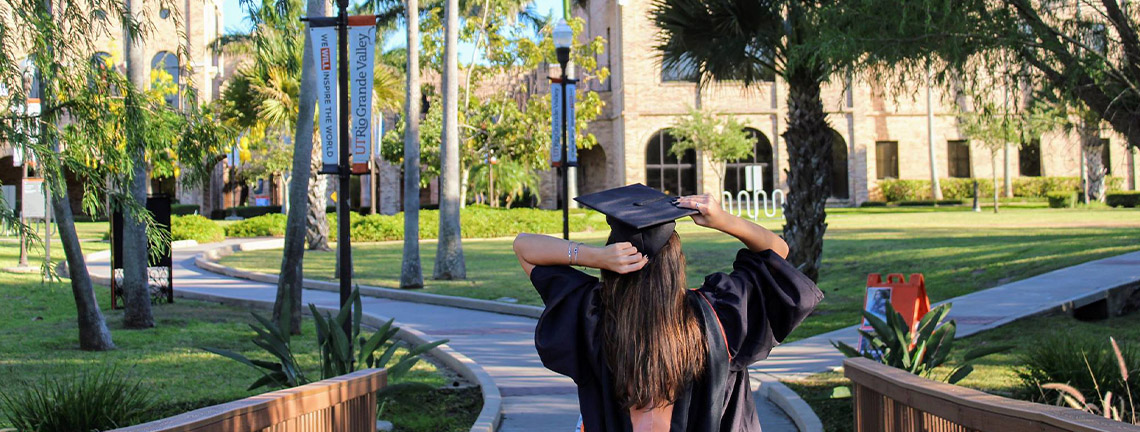
Theses and Dissertations
Date of Award
12-2020
Document Type
Thesis
Degree Name
Master of Science (MS)
Department
Agricultural, Environmental, and Sustainability Sciences
First Advisor
Dr. Alejandro Fierro-Cabo
Second Advisor
Dr. Andrew McDonald
Third Advisor
Dr. Sarah Schliemann
Abstract
Less than 5% of the Tamaulipan thorn forest remains in the United States. For this reason, there have been many attempts at restoration of this ecosystem. Oftentimes these attempts are unsuccessful due to the high prevalence of invasive African grasses that outcompete the seedlings. In an effort to improve the efficacy of these restoration efforts, native plant allelopathy has been examined for its ability to exclude invasive guineagrass. Native species were surveyed and selected species were tested for allelopathy in laboratory bioassays. The species that exhibited allelopathy in the laboratory were then evaluated in pot experiments for their ability to reduce fungal infection in guineagrass roots, grass stem mortality, and grass growth, and in the field as mulch for their ability to reduce guineagrass cover and growth. There were several potentially allelopathic species identified, stem mortality was increased by E. ebano, V. schaffneri, and Z. fagara. The mulch of Z. fagara almost entirely excluded invasive grass growth and mulch from E. anacua and V. schaffneri reduced invasive grass growth. These experiments suggest that mulch from Z. fagara could be very useful in restoration due to its ability to prevent guineagrass growth.
Recommended Citation
Mullins, E. A. (2020). Native Plant Allelopathy: A Potential Approach to Limit Invasive Grass Encroachment in Thorn Forest Restoration [Master's thesis, The University of Texas Rio Grande Valley]. ScholarWorks @ UTRGV. https://scholarworks.utrgv.edu/etd/726
Included in
Agriculture Commons, Forest Sciences Commons, Plant Sciences Commons


Comments
Copyright 2020 Emily Anne Mullins. All Rights Reserved.
https://go.openathens.net/redirector/utrgv.edu?url=https://www.proquest.com/dissertations-theses/native-plant-allelopathy-potential-approach-limit/docview/2546583323/se-2?accountid=7119